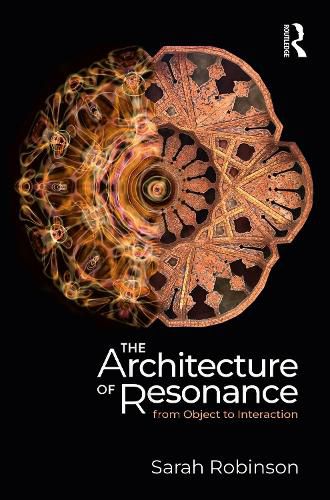Readings Newsletter
Become a Readings Member to make your shopping experience even easier.
Sign in or sign up for free!
You’re not far away from qualifying for FREE standard shipping within Australia
You’ve qualified for FREE standard shipping within Australia
The cart is loading…






The profound impact that design has on human experience-physically, emotionally, cognitively, or ecologically-is now well established. And while this experiential and affective turn in architecture is gaining momentum, studio time remains primarily dedicated to the creation of buildings as independent objects with minimal regard for the interactions and impacts those buildings may have on their inhabitants and their surroundings.
This book carefully details an alternative for thinking and designing that shifts attention from abstract formalism and object orientation to the creation of dynamic interacting fields of affective, tactile, kinaesthetic, ecological, and social engagement. The book articulates resonance as a model and metaphor for the way we interact with our environments. The word's literal meaning is to re-sound, implying a surface or receptive body that amplifies and alters the sound-an interdependent relation and process occurring in between. Seven kinds of resonance specific to design are detailed theoretically, and illustrated with practical and historical examples. These design strategies demonstrate the possibilities resulting from shifting attention and resources from the longstanding preoccupation with fixed forms towards structuring and supporting dynamic interactive relationships between the built and the natural and between people and place.
Seamlessly combining architecture with cognitive science and neuroscience, environmental and evolutionary psychology, and social theory and anthropology, in clear, direct, and engaging prose, this book will be essential reading for all architecture students as well as those in these varied fields.
$9.00 standard shipping within Australia
FREE standard shipping within Australia for orders over $100.00
Express & International shipping calculated at checkout
The profound impact that design has on human experience-physically, emotionally, cognitively, or ecologically-is now well established. And while this experiential and affective turn in architecture is gaining momentum, studio time remains primarily dedicated to the creation of buildings as independent objects with minimal regard for the interactions and impacts those buildings may have on their inhabitants and their surroundings.
This book carefully details an alternative for thinking and designing that shifts attention from abstract formalism and object orientation to the creation of dynamic interacting fields of affective, tactile, kinaesthetic, ecological, and social engagement. The book articulates resonance as a model and metaphor for the way we interact with our environments. The word's literal meaning is to re-sound, implying a surface or receptive body that amplifies and alters the sound-an interdependent relation and process occurring in between. Seven kinds of resonance specific to design are detailed theoretically, and illustrated with practical and historical examples. These design strategies demonstrate the possibilities resulting from shifting attention and resources from the longstanding preoccupation with fixed forms towards structuring and supporting dynamic interactive relationships between the built and the natural and between people and place.
Seamlessly combining architecture with cognitive science and neuroscience, environmental and evolutionary psychology, and social theory and anthropology, in clear, direct, and engaging prose, this book will be essential reading for all architecture students as well as those in these varied fields.